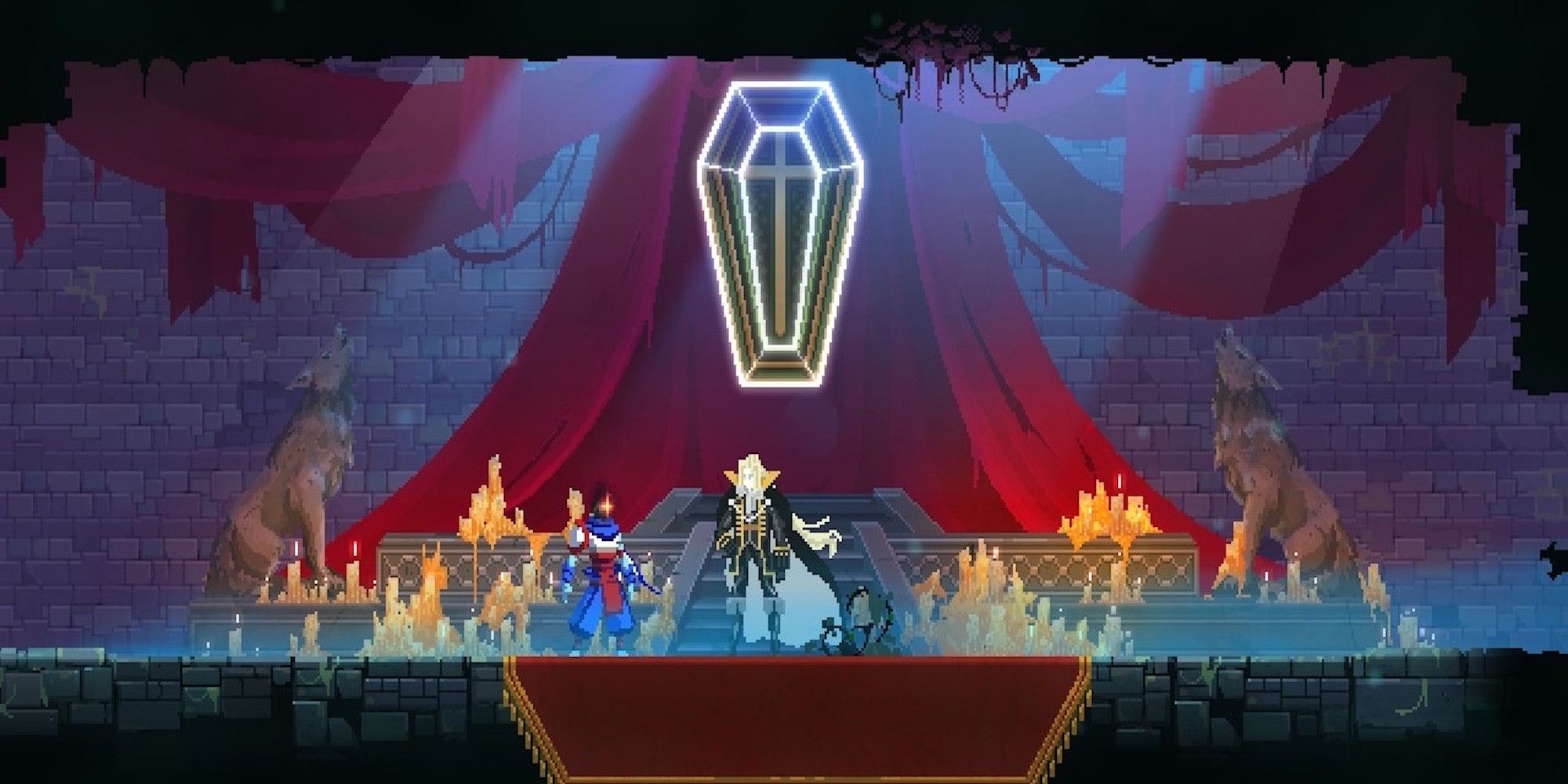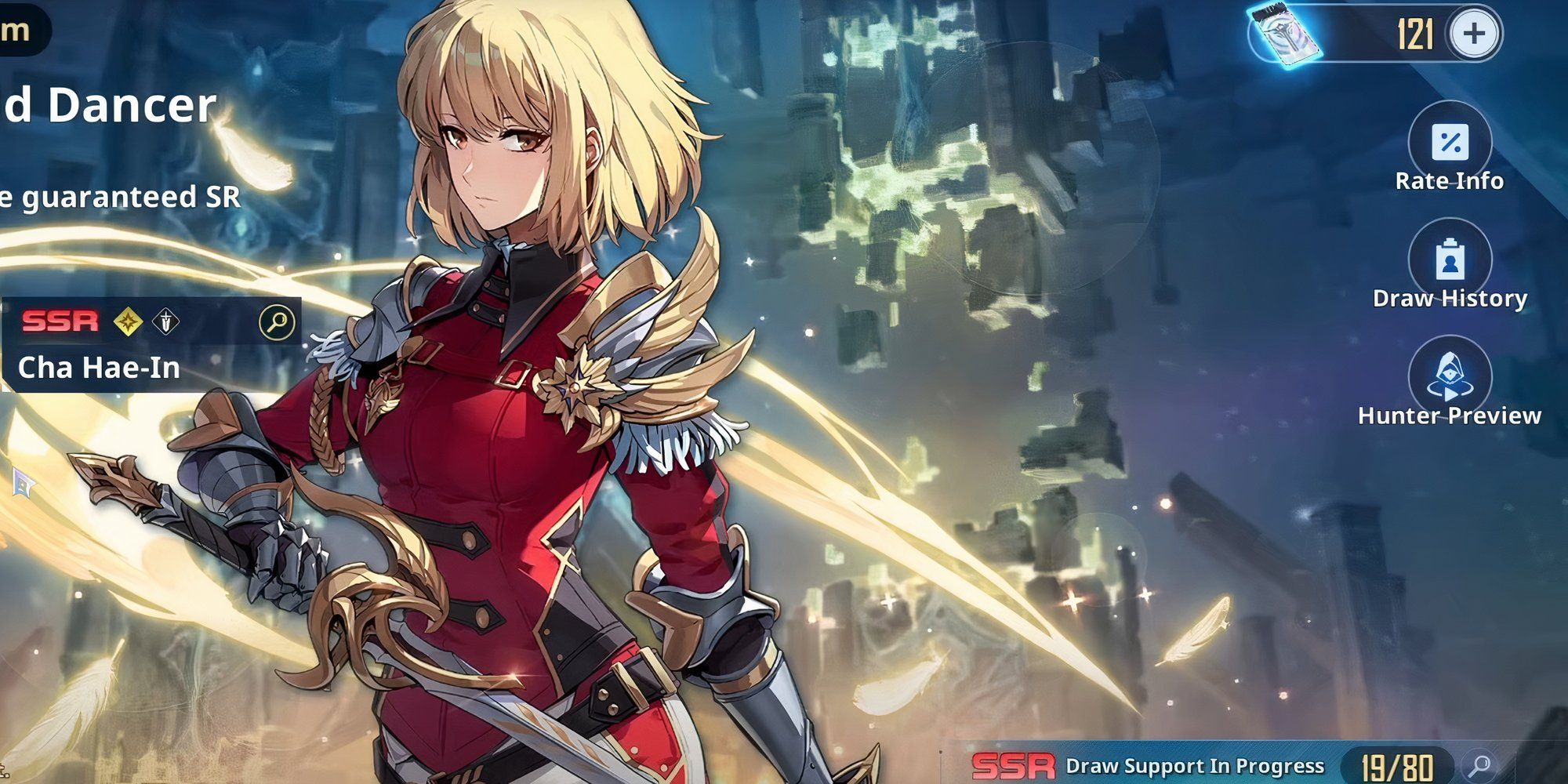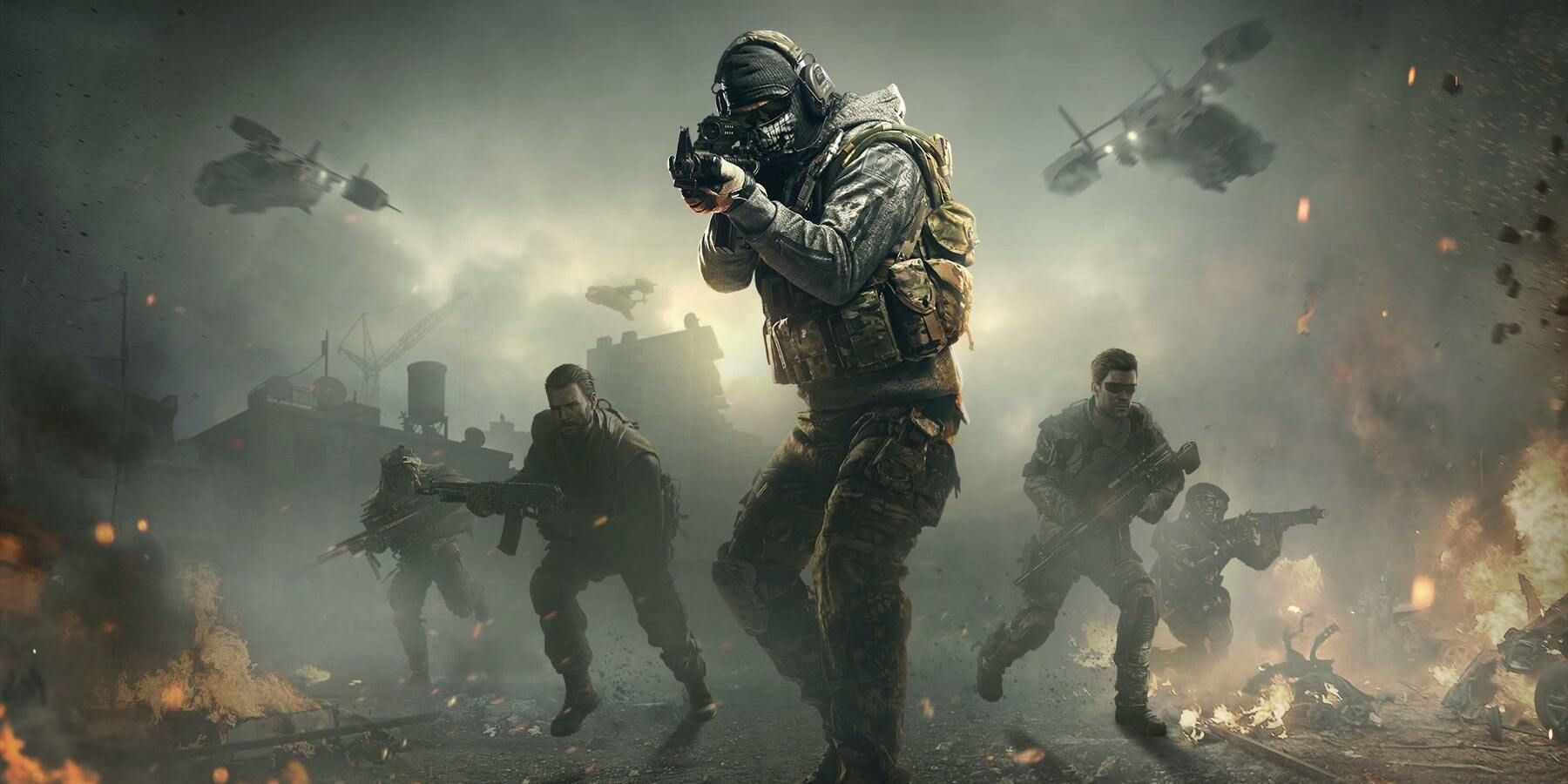As I scroll through my phone’s app store in 2025, I’m struck by how far mobile gaming has come. The once-pixelated screens now burst with ray-traced reflections and silky-smooth animations. My fingertips dance across games that would’ve required a $2,000 PC just five years ago. But with this embarrassment of riches comes a dilemma—how do I choose where to invest my precious screen time? Let me take you through the titles that made my jaw drop and my phone heat up this year.

Wuthering Waves redefined my expectations of mobile open worlds. I still remember the first time I climbed its wind-carved cliffs, watching sunlight fracture through prismatic crystals embedded in the rockface. Unlike its gacha cousin Genshin Impact, this world feels alive with secrets that want to be discovered—glowing mushrooms that sing when touched, ancient stone tablets that project holographic lore. The character designs? Imagine if a cyberpunk anime director collaborated with Renaissance painters. Yet beneath the beauty lies a quiet rebellion against mobile gaming norms—why don’t more developers trust players to explore without waypoint spam?
My nights belong to Alien: Isolation Mobile. Who knew terror could feel so intimate on a 6-inch screen? The xenomorph’s saliva drips in horrifying detail as I crouch behind a flickering terminal, heart pounding loud enough to wake the neighbors. It’s not just about jump scares—the game’s lighting system turns every shadow into a potential death sentence. I’ve developed a Pavlovian flinch reaction to steam vents hissing from my phone’s speakers. But does shrinking the experience to palm-sized dimensions amplify the fear... or dilute it?

Then there’s Dead Cells, the rogue-like that turned my commute into a masochistic joyride. Its pixel art crackles with personality—watch how the hero’s cape flutters differently when sprinting versus falling. I’ve died 327 times (yes, I count), yet each failure feels like flipping through a gruesome pop-up book. The mobile port’s touch controls initially made me rage-quit onto subway tracks, but connecting a backbone controller transformed it into console-quality perfection. Makes me wonder—are we clinging to touchscreens just for the sake of “mobile purity”?
The surprise visual champion? AFK Journey. This auto-battler shouldn’t look this good. Its isometric dioramas burst with micro-details—individual leaves rustling on enchanted trees, armor engravings visible only when zoomed to 200%. I often catch myself ignoring battles to pan across landscapes that resemble living oil paintings. But here’s the rub: when a game’s idle mechanics encourage not playing, yet its visuals demand constant attention... which impulse should I follow?

Solo Leveling: Arise taught me the power of fan service done right. Watching Sung Jin-Woo’s shadow soldiers materialize with console-grade particle effects gave me literal chills. The skill animations—especially the Arise system’s bone-crunching finishers—feel ripped straight from the anime’s storyboards. Yet for all its eye candy, I’m conflicted. Does faithfully adapting existing IP limit visual creativity? Or does it push developers to perfect what fans already love?
Let’s talk about Zenless Zone Zero—HoYoverse’s neon-drenched love letter to retrofuturism. Its mashup of 2000s internet cafes and cybernetic alleyways creates a vibe I can’t find elsewhere. The genius lies in simplicity: clean UI elements that don’t obscure kaleidoscopic battle effects, cel-shaded characters that pop against gritty urban backdrops. It runs smoother than butter on my mid-range device, proving you don’t need Unreal Engine 5 to create atmosphere. But will this art style age as poorly as early 3D games from the 90s?

Racing fans aren’t left behind. GRID Autosport Mobile makes my palms sweat like I’m gripping an actual steering wheel. Rain droplets bead realistically on the windshield during night races, while headlight flares scatter through fog with ray-traced precision. The iPad Pro version’s 120FPS support turns overtakes into balletic sequences. Yet I can’t help but mourn—does this technical marvel signal the death of stylized racers like Asphalt?
XCOM 2 Collection on mobile is witchcraft. Watching my squad’s customized soldiers—each with painstakingly modeled gear—dive behind alien-infested ruins never gets old. The way plasma fire illuminates dust particles in abandoned cities... chef’s kiss. Tactical depth aside, I’ve spent hours just screen-recording battles to admire the animations. But at what cost? My phone doubles as a space heater after 20 minutes of play. Should visual fidelity always trump device longevity?

Even veterans like Call of Duty: Mobile keep evolving. The latest season introduced volumetric smoke grenades that curl around objects realistically. Bullet casings now glint with dynamic lighting as they clatter to the ground. Yet beneath these upgrades lies an uncomfortable truth—each graphical leap widens the gap between flagship devices and budget phones. When does pushing boundaries become exclusionary?
As I recharge my phone (again), I’m left pondering: Are we chasing visual perfection at the expense of innovation? These games dazzle the eyes, but how many truly reshape what mobile gaming can be? The answer might lie in titles like Phantom Parade, which trades hyper-realism for anime authenticity, proving style often trumps specs. Maybe the future isn’t about matching consoles, but creating visuals that only mobile—with its personal, always-with-you intimacy—can deliver. What do you think—should our pocket-sized screens keep climbing the graphics ladder, or carve their own aesthetic path?